Field Study Results Provide Insights on Equipment Operation Choices
Proper equipment operation throughout the haying process is essential for maximizing yield and preserving the quality of forage. From disc mowers to balers, each implement requires careful attention to operating speed and rpms to avoid leaving behind valuable dry matter and ensuring high-quality hay. But while we might all know this, actually adhering to these recommendations when the weather is changing or the hay is getting too dry can be a different story. To help understand the impact these decisions have on your bottom line, Massey Ferguson and Hesston by Massey Ferguson conducted several field tests on different haying equipment, includingdisc mowers, tedders, rotary rakes and balers. These results can help you make informed decisions to achieve the best results for your operation and end goals.
Proper Mower RPM for Maximum Yield
When it comes to using disc mowers and mower conditioners, operating outside the manufacturer's recommendations results in poor cut and excessive dry matter loss. To determine just how much yield is being left behind in the field, we conducted several field tests looking at different rpms and ground speeds.
The first study looked at rpm speeds set 100 rpm below, at, and 100 rpm above the manufacturer's recommendations. The results showed that setting the rpm 100 rpms above the manufacturer's recommendation left almost a full ton of dry matter in the field above the intended residue height. Pushing the rpms also resulted in terrible cut quality, as the knives moved too fast and ended up pushing crop over rather than cutting it. Conversely, setting the rpm 100 rpms under the manufacturer's recommendation left two-thirds of a ton of dry matter in the field.

[Photo caption: Graph 1. Residual alfalfa forage left in field after mowing at 420, 520 and 620 rpms.]
We also looked at variable ground speeds — 3.5, 6 and 9 mph — with a consistent 3-inch residue height and rpm speed. Surprisingly, the ground speed did not significantly affect the amount of forage left in the field. This is good news for those who like to crush land-speed records. As long as you’re in flat, smooth fields, these studies show you are still maintaining the same cut quality.

[Photo caption: Graph 2. Residual alfalfa forage left in field after mowing at 3.5, 6 and 9 mph.]
For more tips to maximize hay quality during mowing, read this Ask an Agronomist article.
Slow Down for Better Tedding
Continuing through the haying process, tedding is the next step for some producers. Here again, quality and overall yield depend on ground speed and rpms. We studied the effects of these factors in another series of field tests to determine the impact on swath spread and ground cover. The study used a Hesston by Massey Ferguson TD 524 TR-HYDRO tedder with a working width of 17 feet.
The results showed that slower speeds of 4.5-5 mph across the field resulted in a greater swath height, better uniformity in swath spread and ground cover, and increased air flow, which enhanced the overall dry-down process.

[Photo caption: Graph 3. Measurements of swath width after tedding at various rpm and mph.]
Interestingly, the study found no significant difference in rpm speeds, indicating that slower ground speeds are more critical during tedding. This finding underscores the importance of going slower during tedding to achieve a uniform spread with the tedder and maximize the benefits.

[Photo caption: Graph 4. Measurements of spread percentage after tedding at various rpm and mph.]
Maximize Rotary Rake Benefits
Raking is the next step. Leaf loss, ash accumulation and other quality-determining factors can be impacted by raking, making it an important decision for producers. We’ve provided helpful tips on how and when to rake for optimal results as well as rake selection criteria to help you achieve the highest quality hay for your unique operation.
Through our research, as well as that of others like Dr. Dan Undersander, rotary rakes have produced the highest-quality hay. There is less external ash content with rotary rakes compared to ground-driven models, and better windrow formation for more efficient baling. In many cases, rotary rakes allow producers to get in the field earlier for better, more consistent dry down and a longer operating window.
To better understand optimal operating conditions for rotary rakes, we tested the Massey Ferguson 802 rotary rake, along with a parallel bar and wheel rake in the volcanic ash-rich soils of Pasco, Washington. Rakes were operated at 5, 7 and 9 mph. The rotary rake had lower ash content at all ground speeds tested.
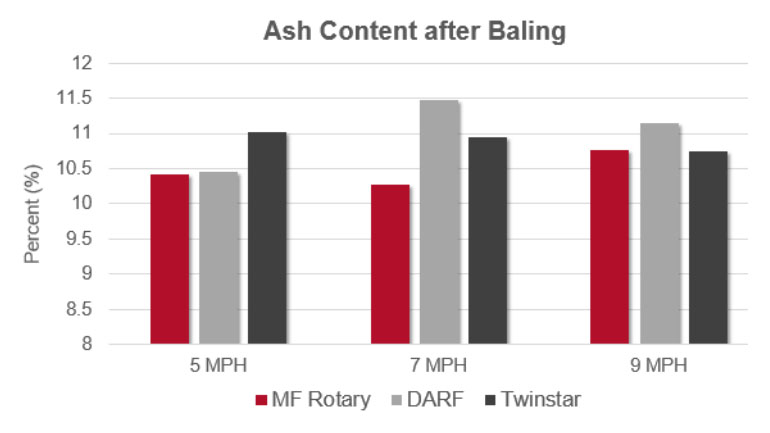
[Photo caption: Graph 5. Ash content after baling. Hay was raked with an MF 802 double rotary rake (rotary), parallel bar rake (parallel) and wheel rake (wheel).]
Additionally, we looked at the impact of various rotary rake PTO rpms on ash and total digestible nutrients (TDN). Fluctuation in results was minor, between 300 and 500 PTO rpms. The results of these two studies proved rotary rakes to be the best solution for reducing external ash content.
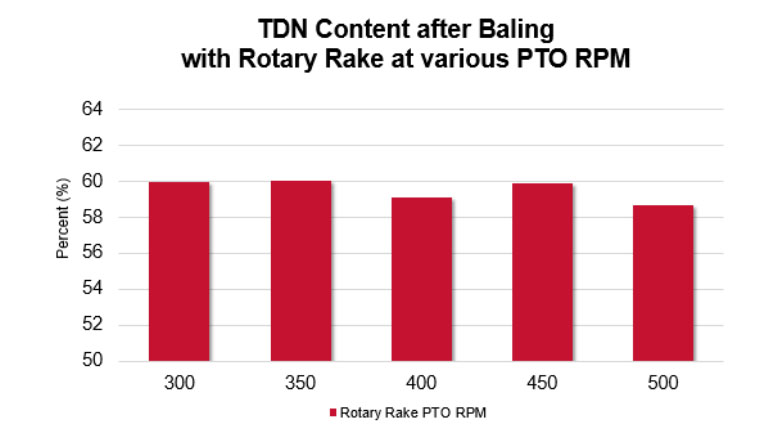
[Photo caption: Graph 6. Total digestible nutrients (TDN) of forage raked by center-delivery MF 802 double rotary rake at various PTO rpm speeds.]
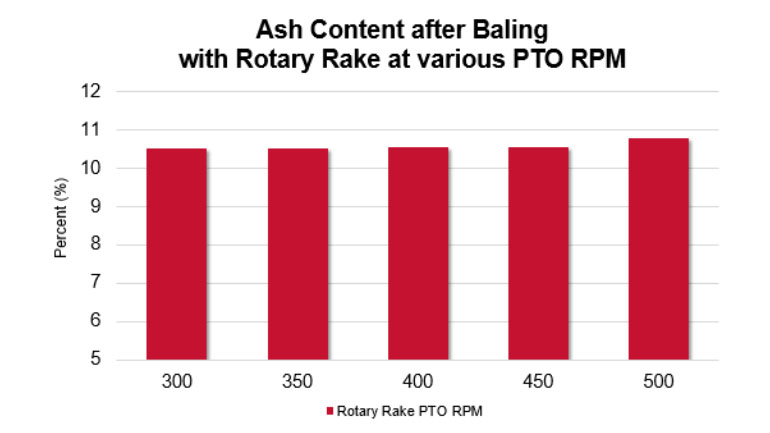
[Photo caption: Graph 7. Ash content of forage raked by center-delivery MF 802 double rotary rake at various PTO rpm speeds.]
Better Baling With Adaptive Ground Speed and RPMs
Baling is the last step in the haying process and the last chance to preserve forage quality before storage. Whether it’s round or square bales, adapting ground speed and rpms to ground conditions in the field during baling can have a significant impact on the quality of your end product. Keep these factors in mind:
- Control your ground speed. If you try to move too fast through the field, you'll end up with larger flakes and a less dense bale.
- Run equipment within manufacturer’s recommendations to avoid damage and prolong service life.
- Higher rpms can lead to better bale compression, but you need to ensure that your equipment can handle the increased stress.
- When dealing with difficult crops, such as slick, grassy hay or rotary straw, it may be helpful to speed up the ground speed a bit and slow down rpms slightly for easier loading.
- It’s important to consider the desired end product and adjust ground speed accordingly.
From mowing to baling, Massey Ferguson and Hesston by Massey Ferguson provide a full range of hay and forage solutions to fit your crop, your operation and your end goals. We are the recognized leader in quality- and efficiency-enhancing tools, from our 3-point mounted disc mowers, available with several conditioner options for faster dry down, to our recently updated Hesston LB2200 Series large square baler and reliable MF RB Series round baler. We continue to offer the most innovative solutions, such as the new MF TDX Series tedder with exclusive hook tines and a robust frame for one-pass tedding in heavy crop conditions.
For more information on the disc mowers, mower conditioners, tedders, rakes and balers ideal for your operation, contact your local Massey Ferguson dealer today.

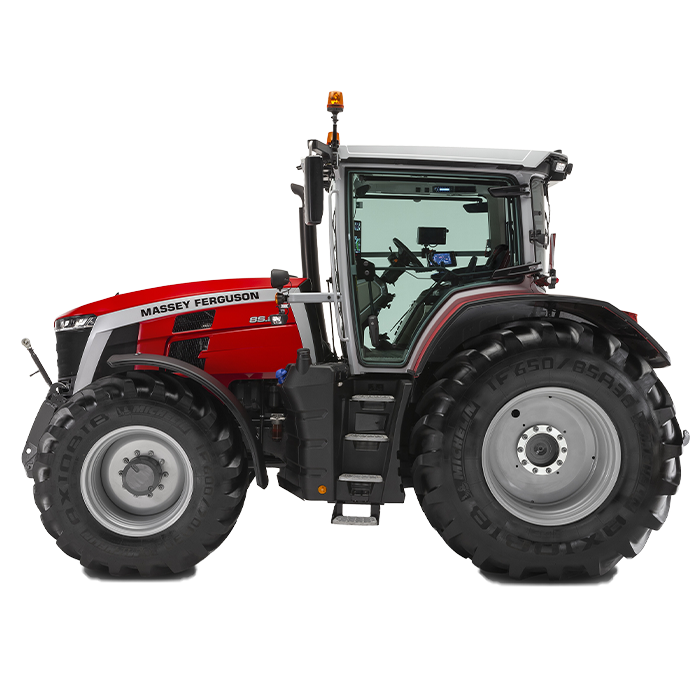
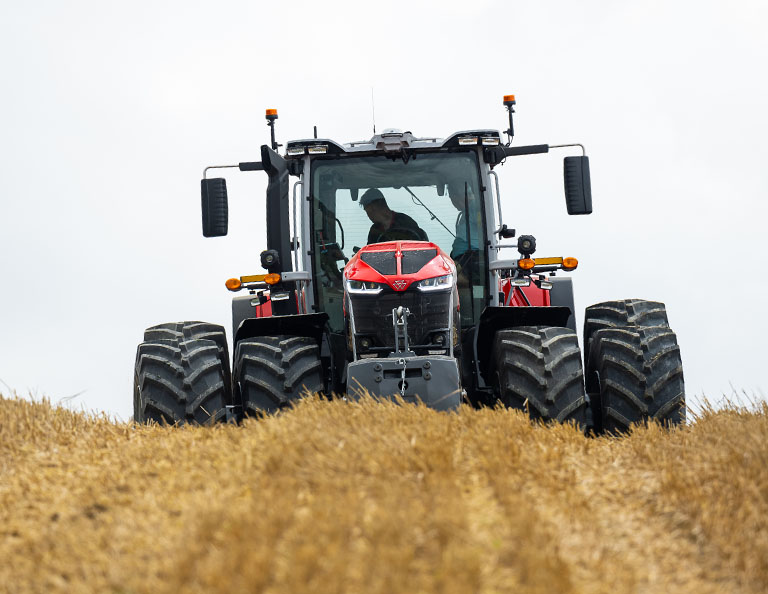

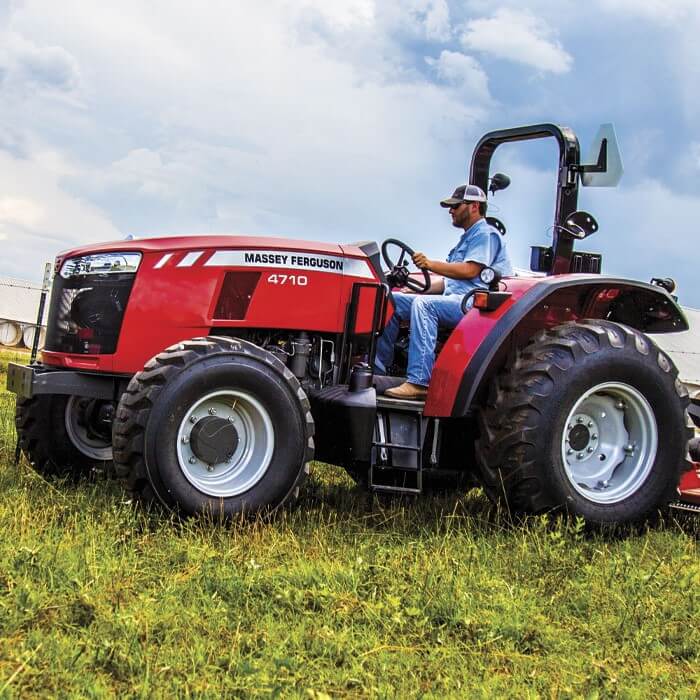


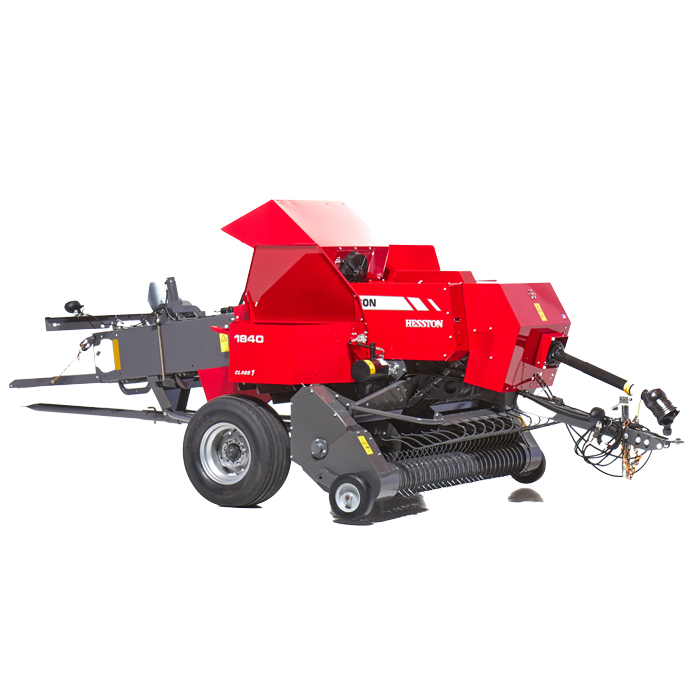
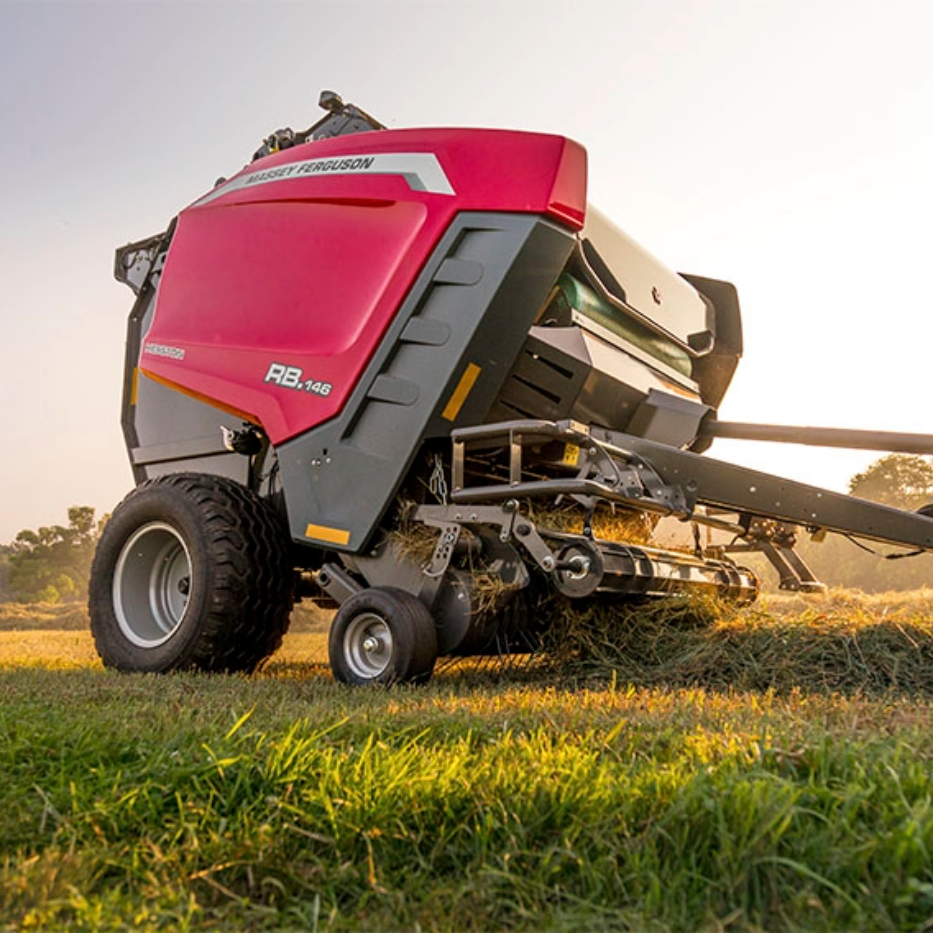
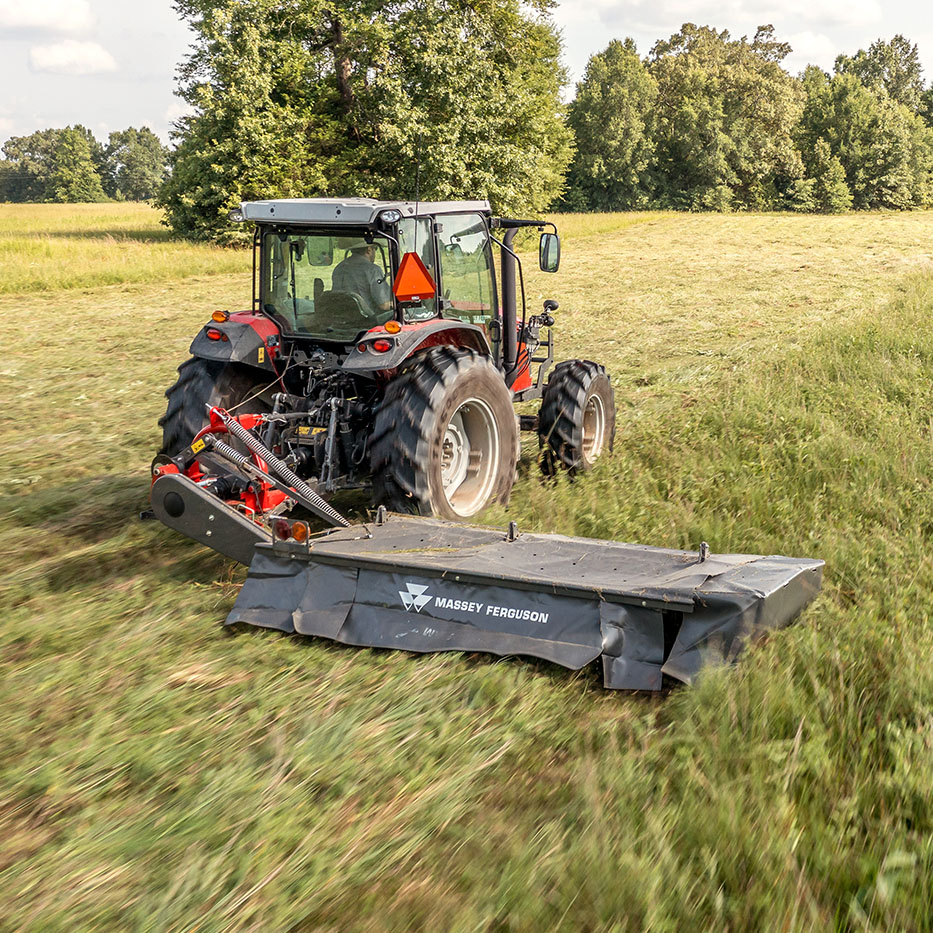
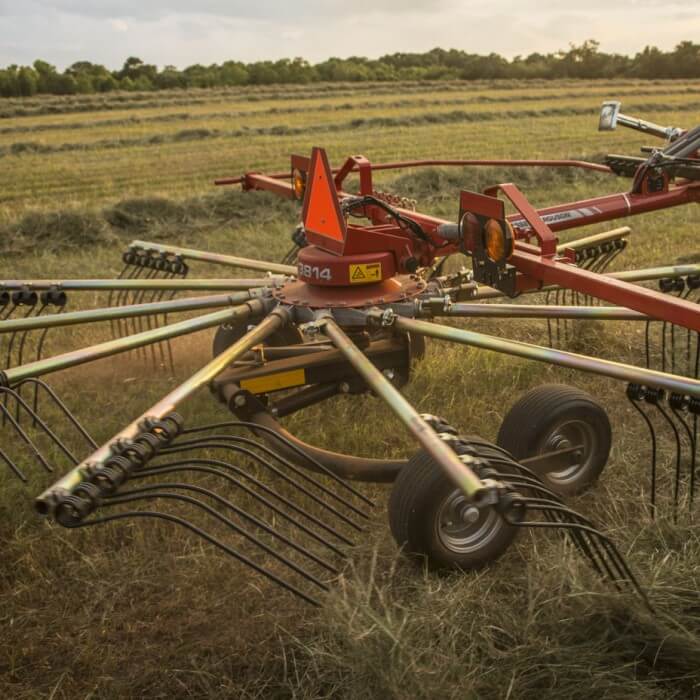
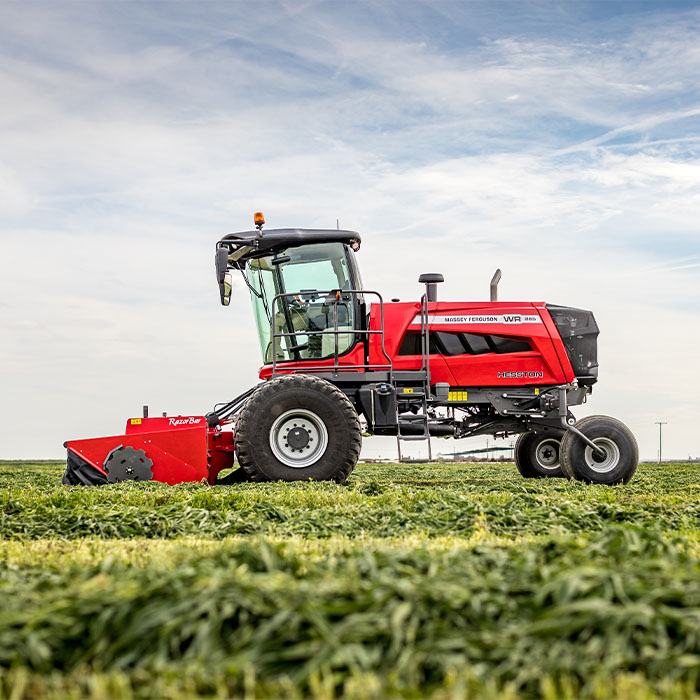
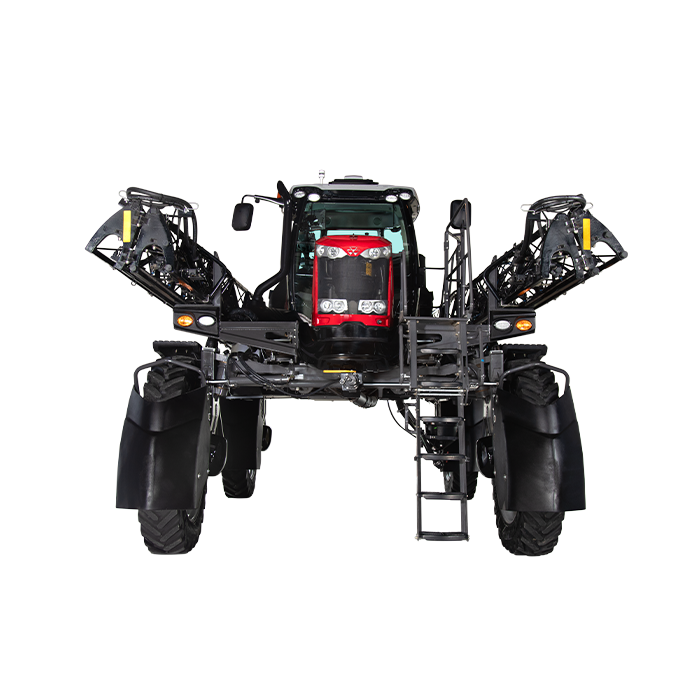

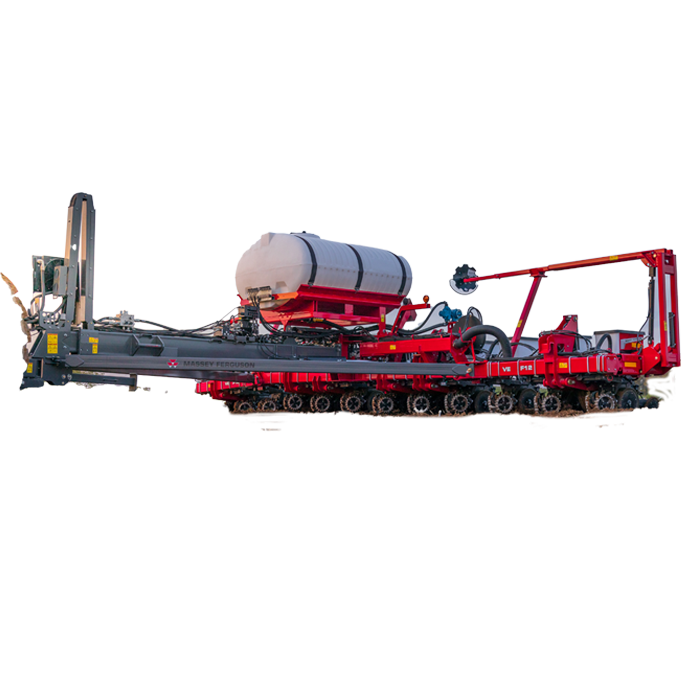
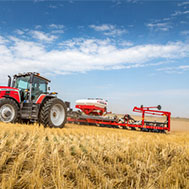
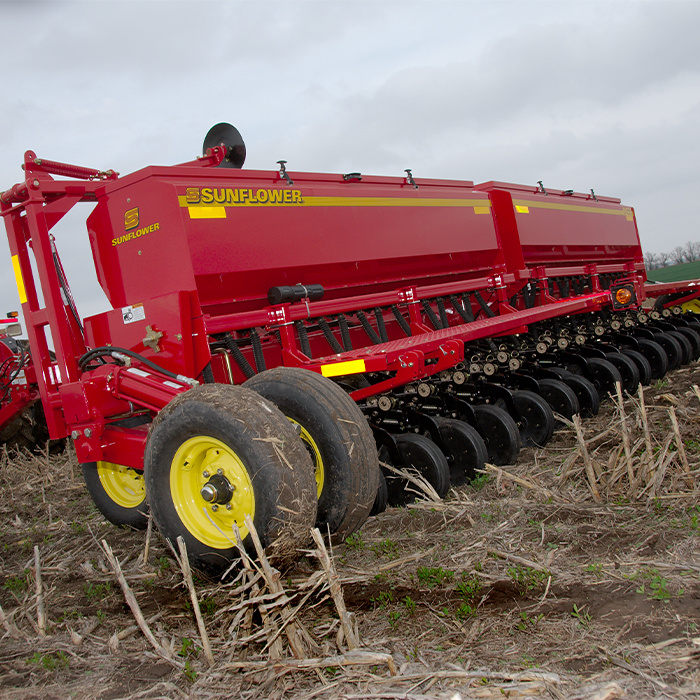
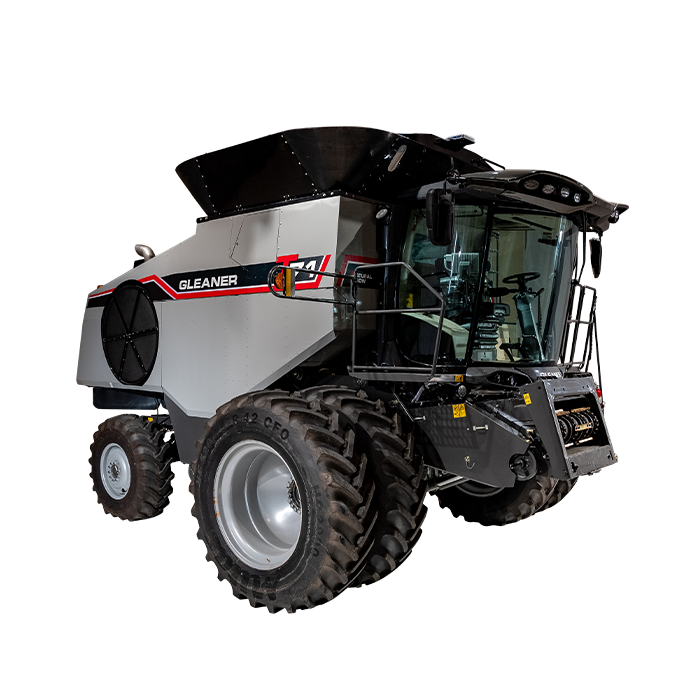

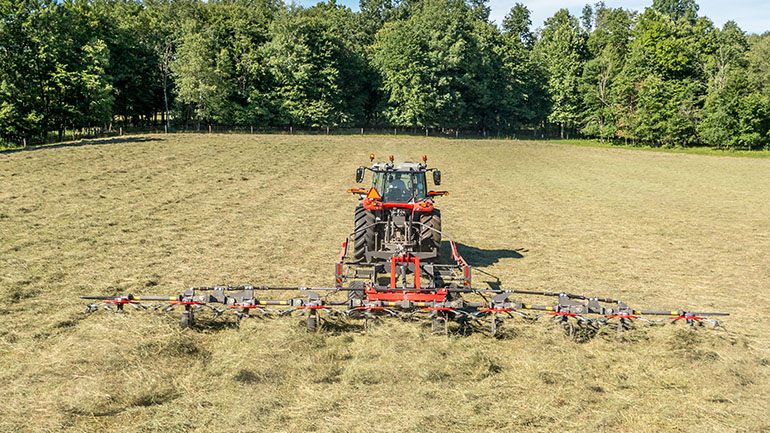
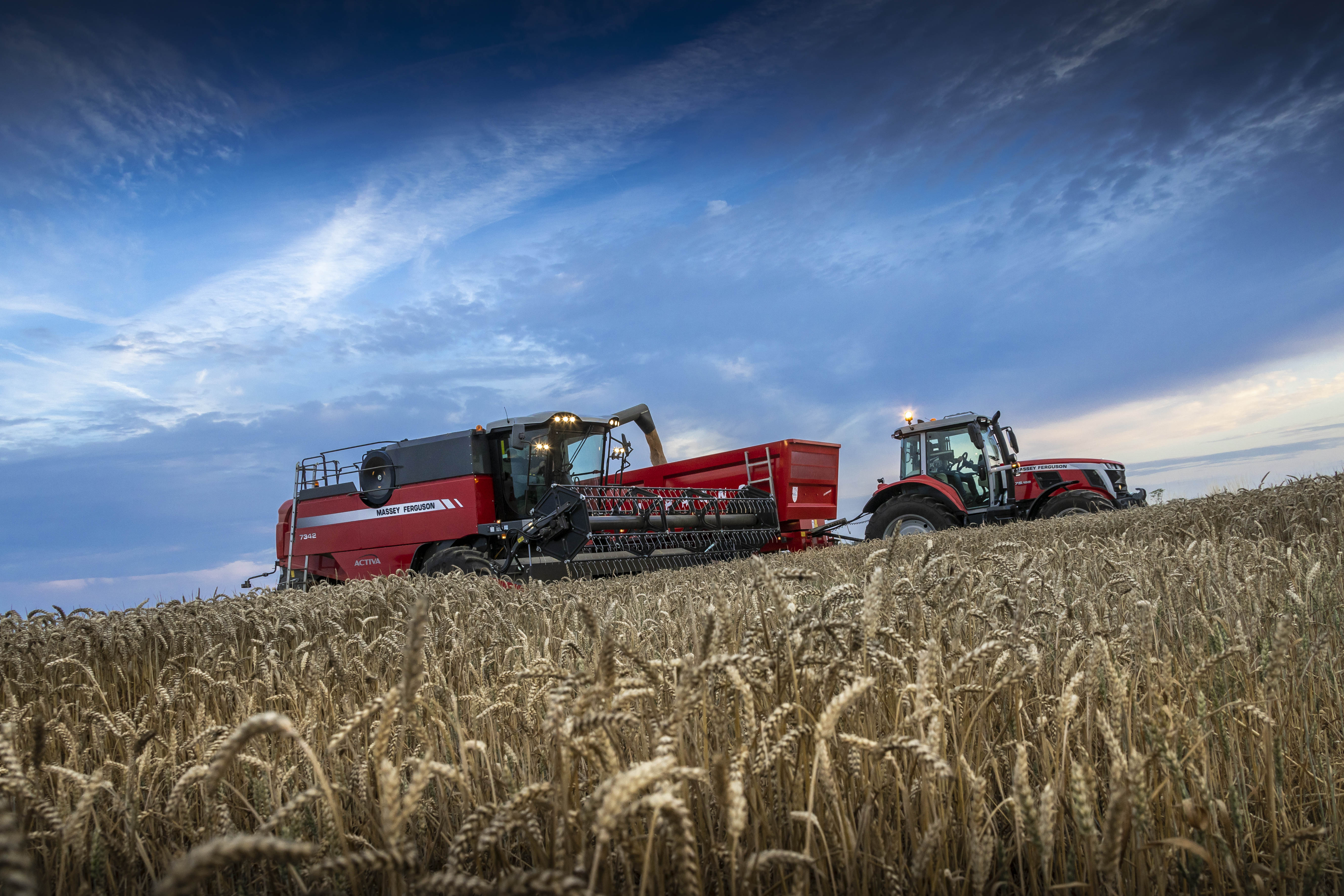
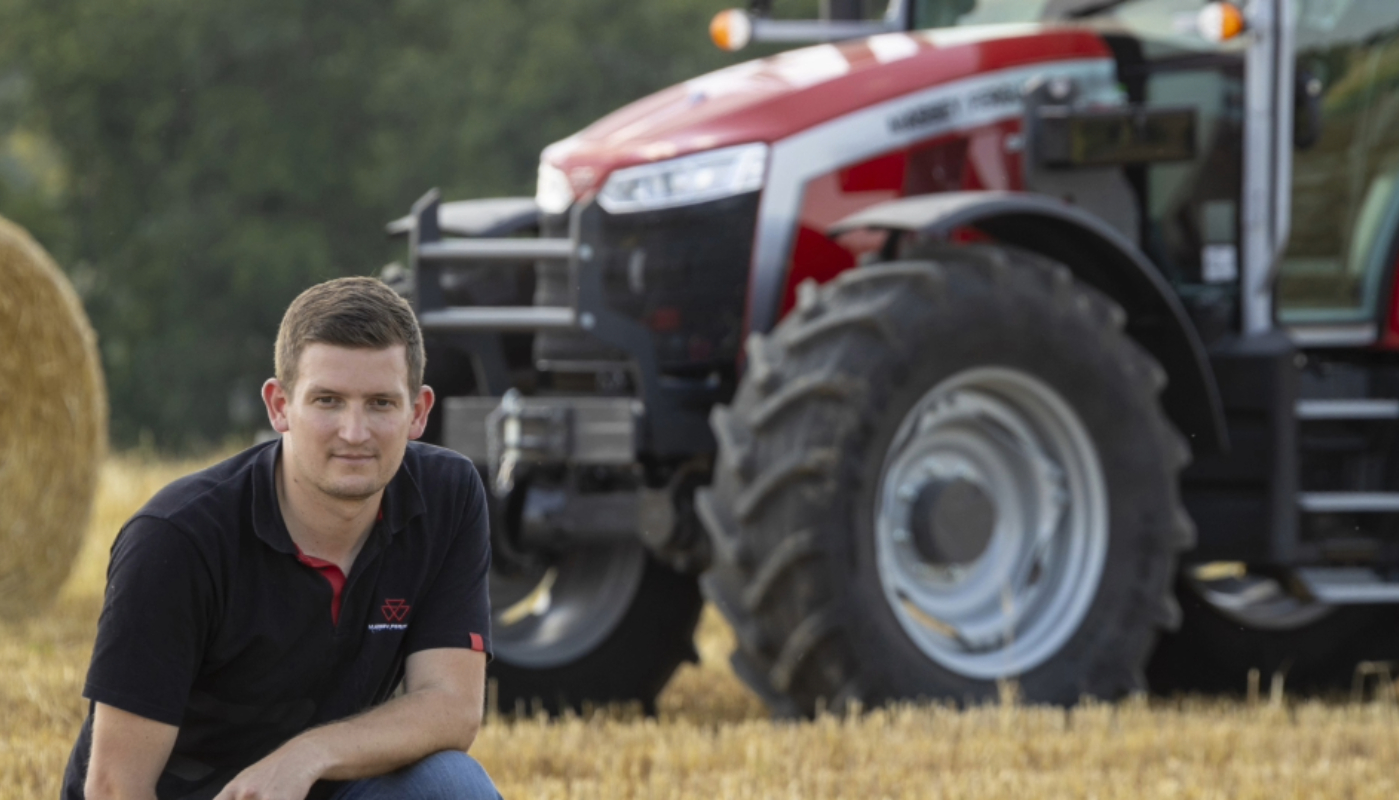
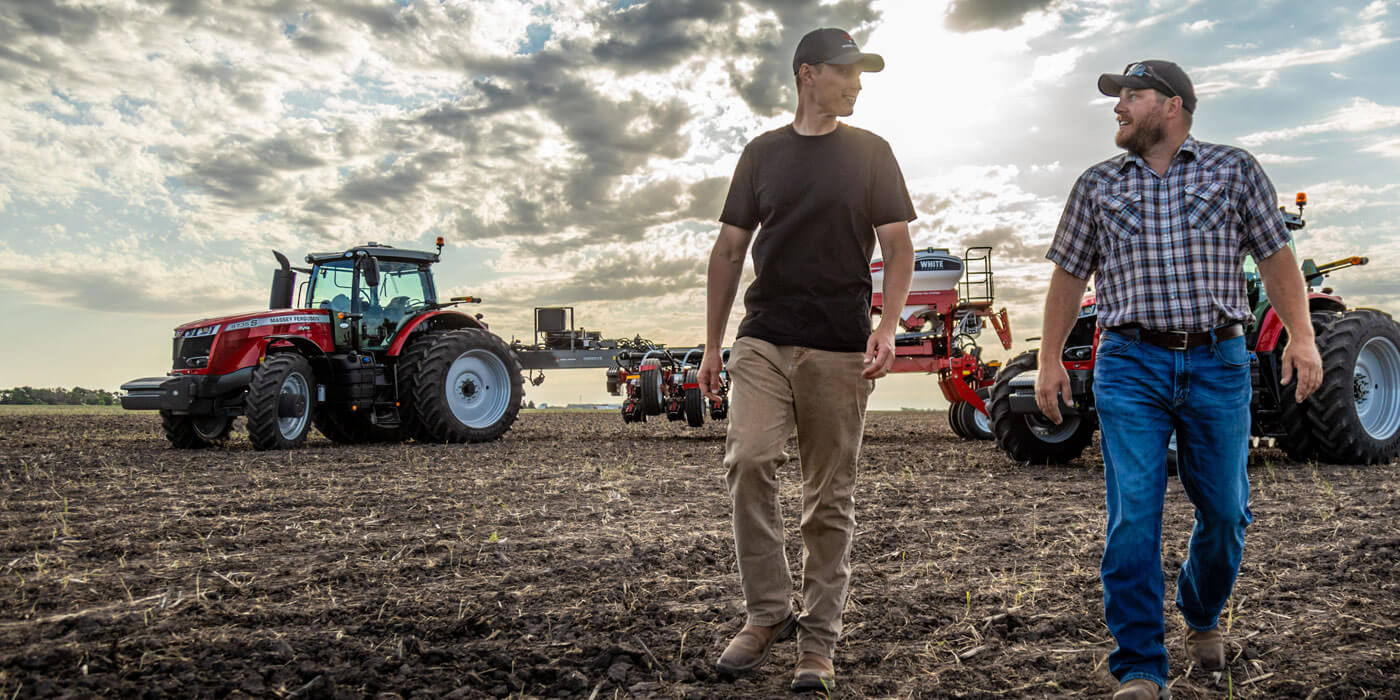
Share